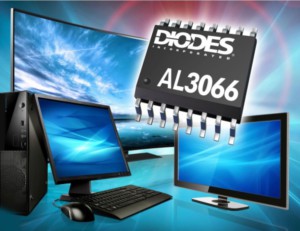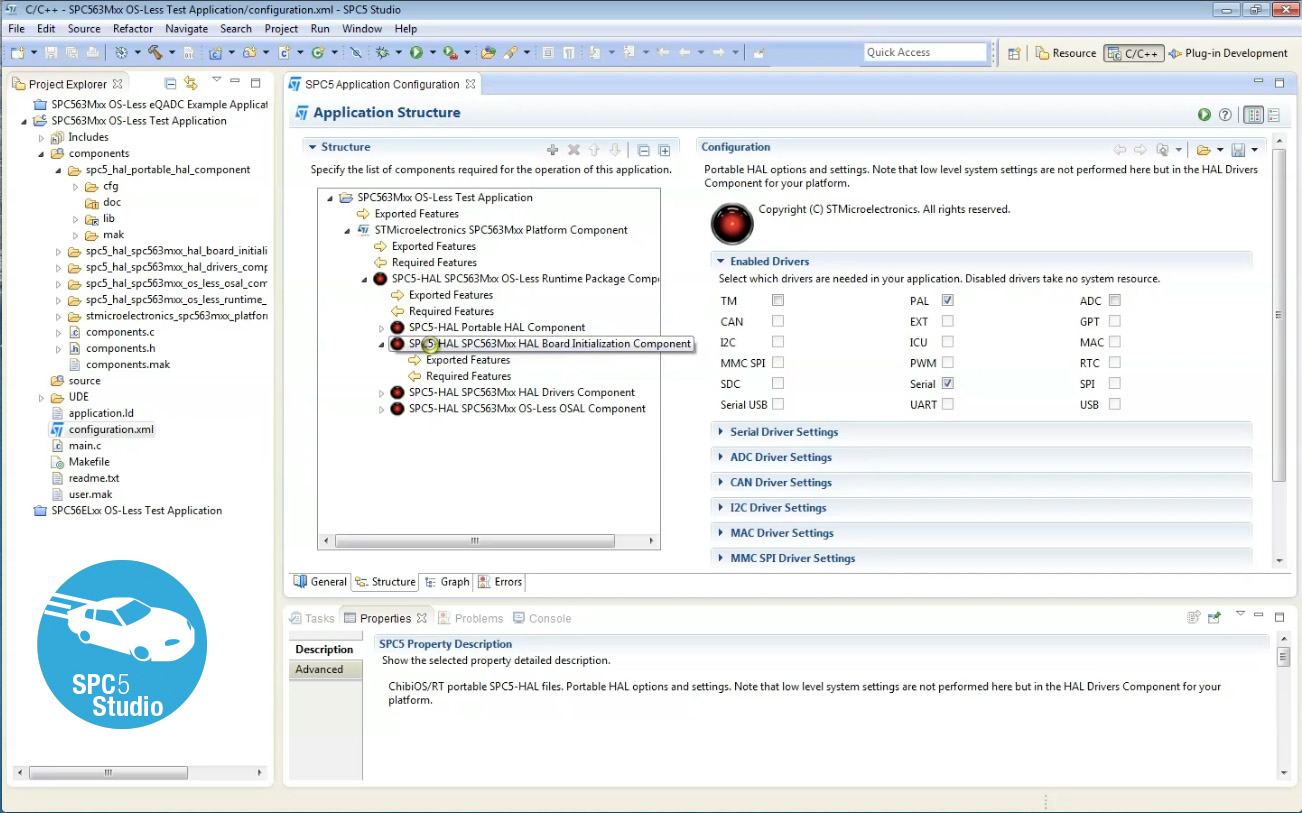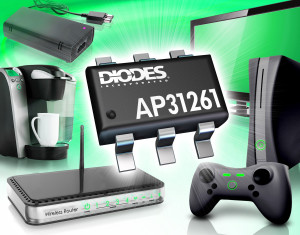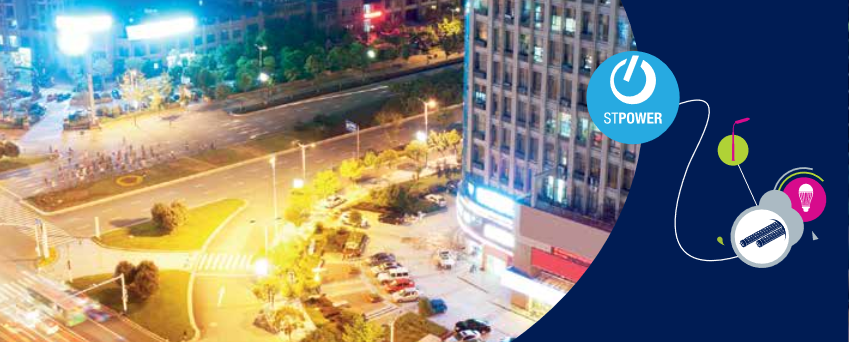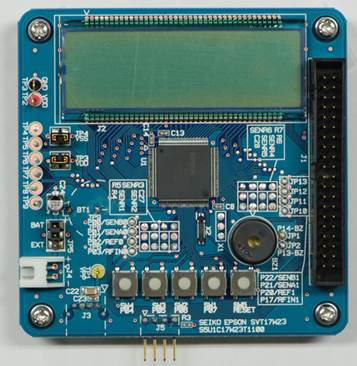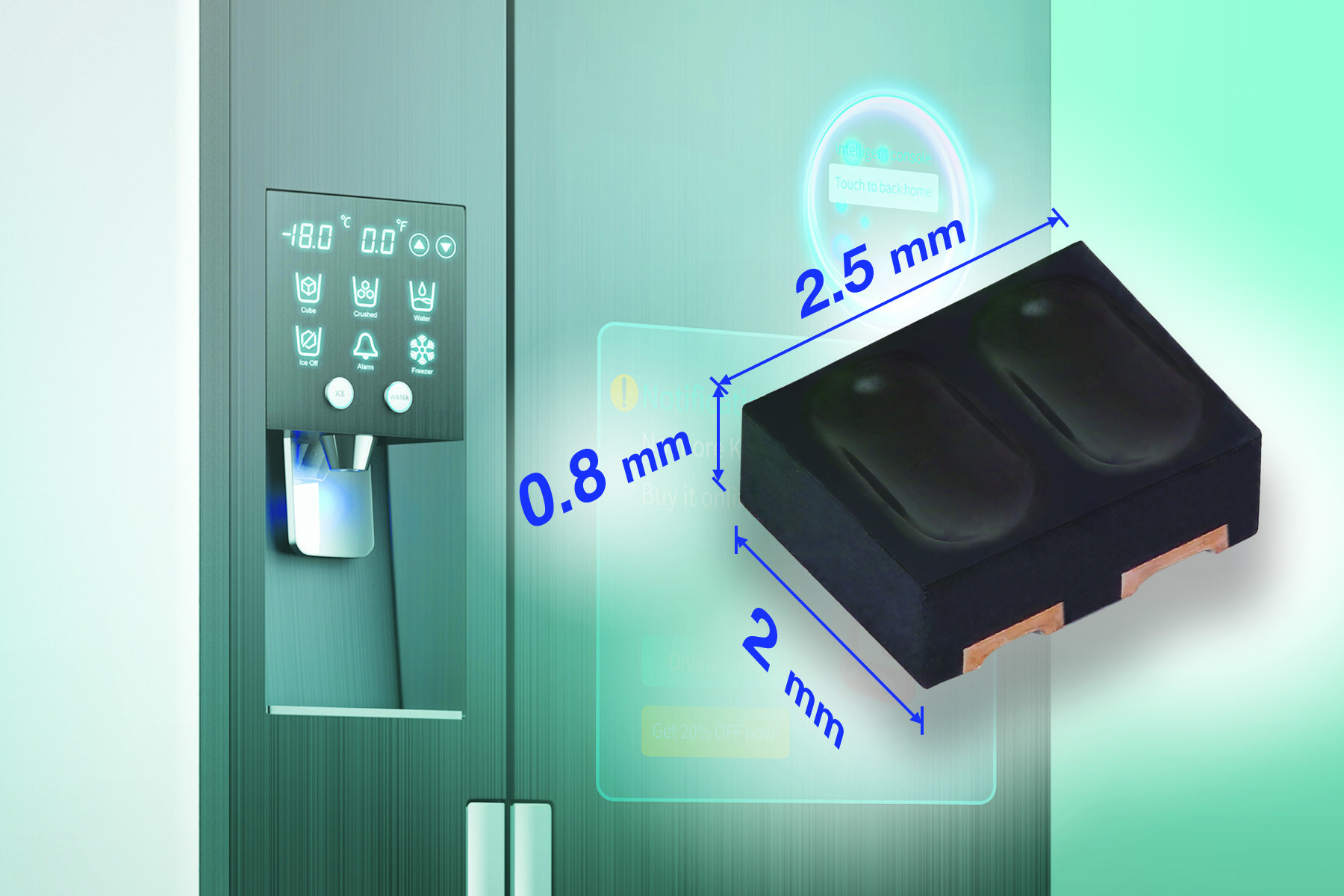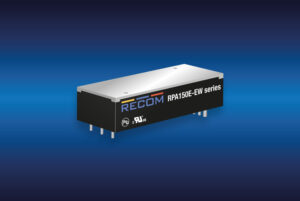A/D Converters
An analog-to-digital converter (abbreviated ADC or A/D ) is a device that transforms a signal from analog (continuous) to digital (discrete) form.
The reverse operation is performed by a digital – to – analog – converter (DAC).
Analog signals are directly measurable.
Digital signals only have two states.
Microprocessors can only perform processing on digitized signals.
ADC is a link between the analog world and the digital world of signal processing and data handling.
Application of ADC:
digital voltmeters, cell phone, thermocouples, and digital oscilloscope.
Accuracy of A/D Conversion:
- Increasing the resolution which improves the accuracy in measuring the amplitude of the analog signal.
- Increasing the sampling rate which increases the maximum frequency that can be measured.
Resolution:
The smallest change in analog signal that will result in a change in the digital output.
Sampling rate:
The faithful reproduction of the converted signal is only possible if the sampling rate is higher than twice the highest frequency of the signal.(Shannon-Nyquist-theorem)
Signal-to-Noise Ratio (SNR) is the ratio of the output signal amplitude to the output noise level.
It can easily calculated: 6.02 x n + 1.76 dB.
n is the number of bits used on the ADC. The higher the SNR the better.
Three different input structure types exist: Single-Ended, Pseudo-Differential and Fully-Differential.
Single-ended inputs are generally sufficient for most applications.
fully-differential inputs: for maximum noise rejection at dynamics signals
pseudo-differential inputs is typical used in measuring sensors.
Main Types of A/D Converters:
- Successive Approximation A/D Converter
- Delta-Sigma A/D Converter
- Flash – A/D ConverterSAR: 8- to 16-bit range and can have sample speeds up to 1 MSPS.
One major benefit of a SAR converter is its ability to be connected to multiplexed inputs at a high data acquisition rate. The input is sampled and held on an internal capacitor, and this charge is converted to a digital output code using the successive approximation routine. Since this charge is held throughout the conversion time, only the initial sample and hold period or acquisition time is of concern to a fast-changing input. The conversion time is the same for all conversions. This makes the SAR converter ideal for many real-time applications: motor control, touch-screen sensing, medical
Delta-Sigma:
the input signal is oversampled and then filtered by a digital/decimator filter. Due to the oversampling a delta – sigma is slow and so prefered for low bandwith and no real- time applications.
The typical applications are resulted due of its high resolution: video, imaging,audio.
Flash ADC:
has a bank of comparators. 2N-1 for (For N bit Flash A/D)
Direct conversion is very fast but expensive, capable of gigahertz sampling rates but low resolution.
Application:video, radar, wideband communications.

